4 Crazy Facts About World War II’s Most Daring Raid at Cabanatuan in the Philippines
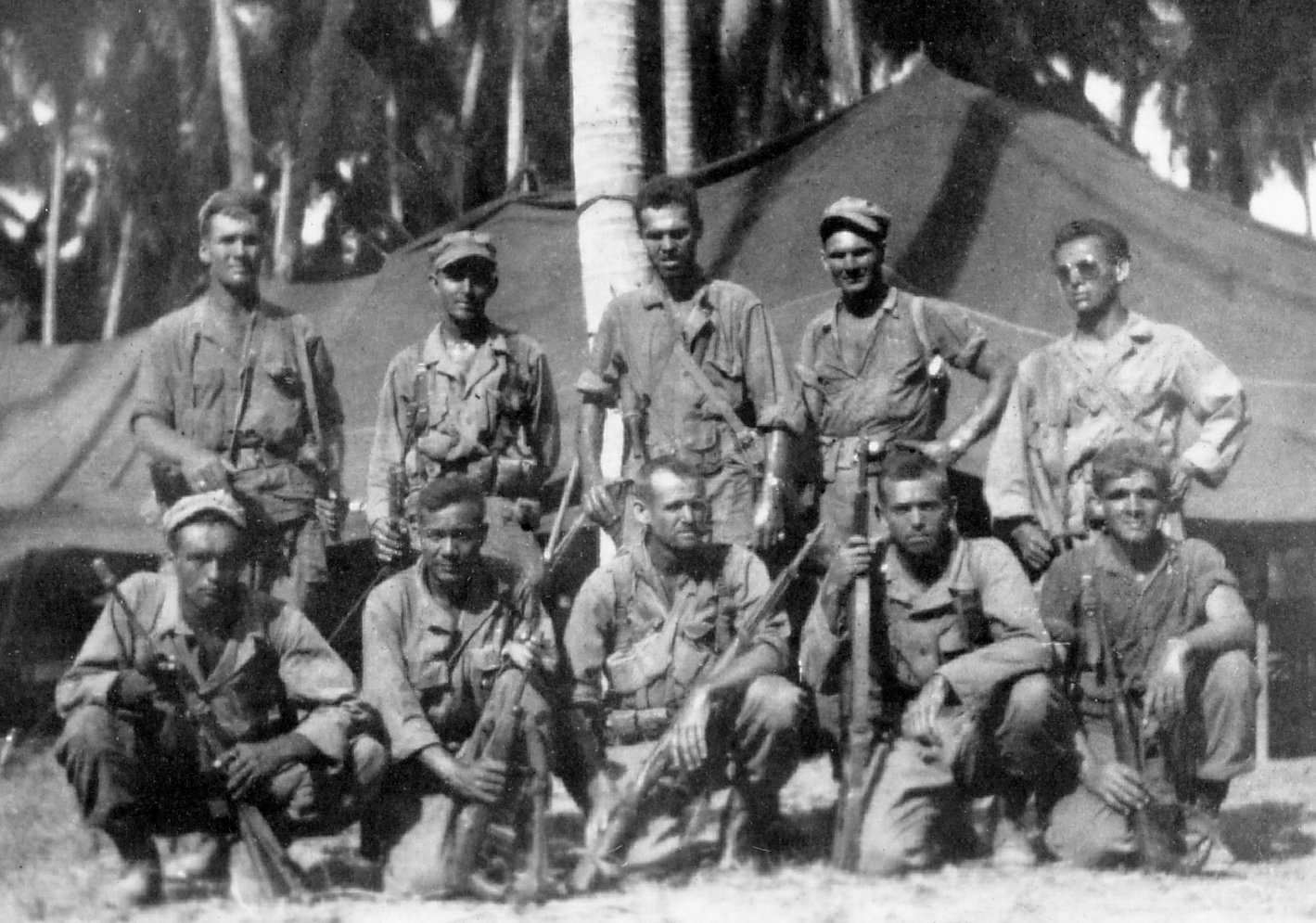
The Alamo Scouts after the Raid at Cabanautan. Top row left to right: Gil Cox, Wilbert Wismer, Harold Hard, Andy Smith, and Francis Laquier. Bottom row left to right: Galen Kittleson, Rufo Vaquilar, Bill Nellist, Tom Rounsaville, and Frank Fox. Photo courtesy of Wikimedia Commons.
On the night of Jan. 30, 1945, a P-61 Black Widow night fighter backfired its engine and performed acrobatics in the air above the infamous Pangatian concentration camp in Cabanatuan City, Philippines. It was the perfect distraction needed to infiltrate a large assault force more than 27 miles behind enemy lines to rescue nearly 500 Allied prisoners of war and civilians. The most daring raid of World War II — often referred to as “The Great Raid” — is considered one of the most successful hostage rescue operations in US military history.
And because it’s the 76th anniversary of the spectacular raid at Cabanatuan, here are four crazy facts that prove just that.
They didn’t rehearse the operation.
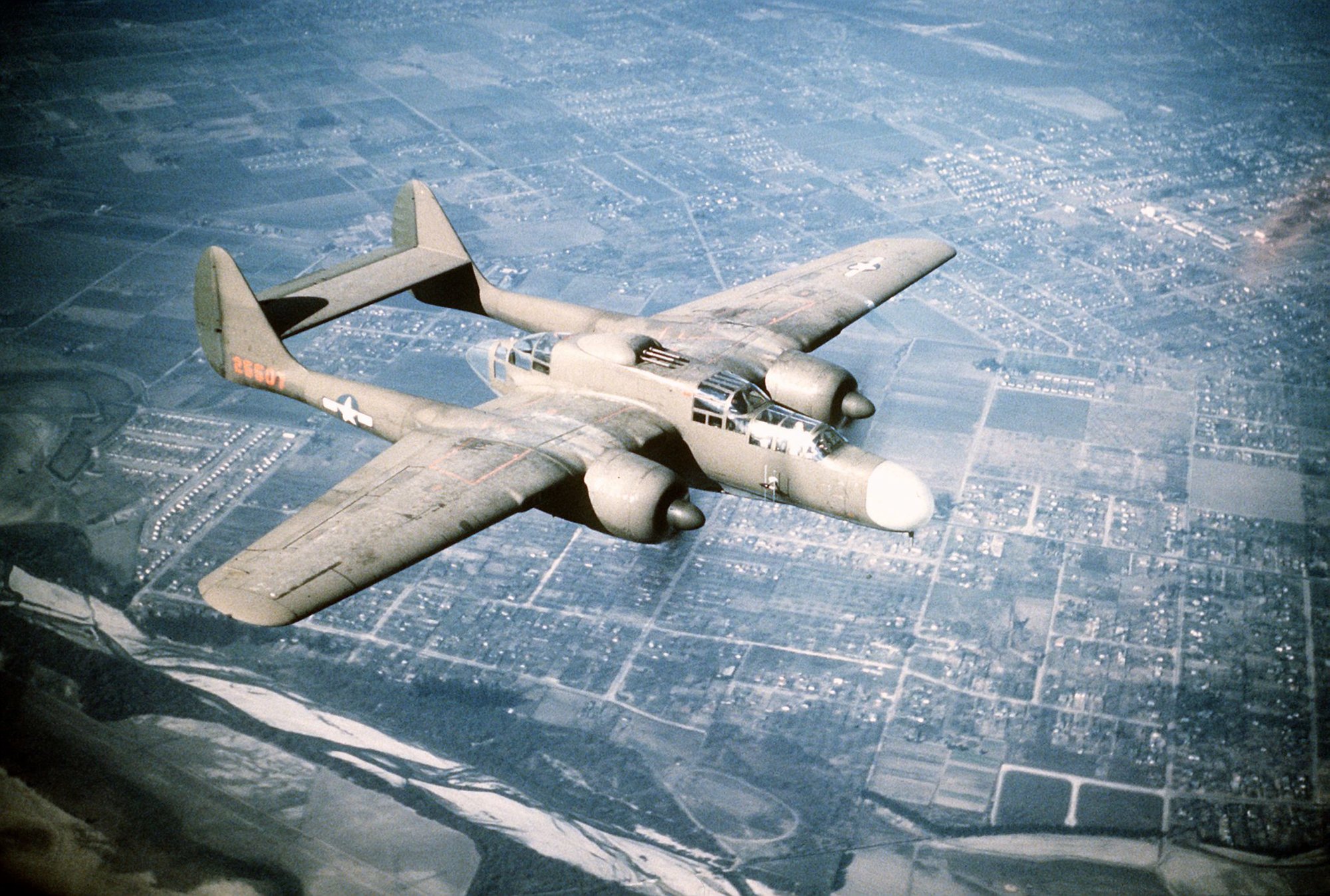
The Japanese vice minister of war sent a coded message to the commanding general of military police in Taiwan on Aug. 1, 1944, stating a “kill all policy” for American POWs under certain conditions. In January 1945, Gen. Douglas MacArthur learned more than 500 POWs and civilians — many of whom had survived the fall of Corregidor and the Bataan Death March — were scheduled to be executed. He assigned the US Army’s most elite units to the rescue mission, including 121 Army Rangers from 6th Ranger Battalion and two teams of Alamo Scouts (6th Army Special Reconnaissance Unit). They were reinforced by some 200 Filipino guerrillas with advanced knowledge of the area.
The Rangers were tasked as the assault element and the Alamo Scouts served as advance reconnaissance and surveillance teams. The Filipino guerrillas, with support of the local populace, ensured their infiltration would not alert Japanese sentries. They also served as a blocking position to prevent a Japanese counterattack from crossing over the Cabu bridge.
“We couldn’t rehearse this,” recalled Robert Prince, the Army Ranger assault leader. “Anything of this nature, you’d ordinarily want to practice it over and over for weeks in advance. Get more information, build models, and discuss all of the contingencies. Work out all of the kinks. We didn’t have time for any of that. It was now, or not.”
The Alamo Scouts disguised themselves as Filipino villagers to gain intelligence.
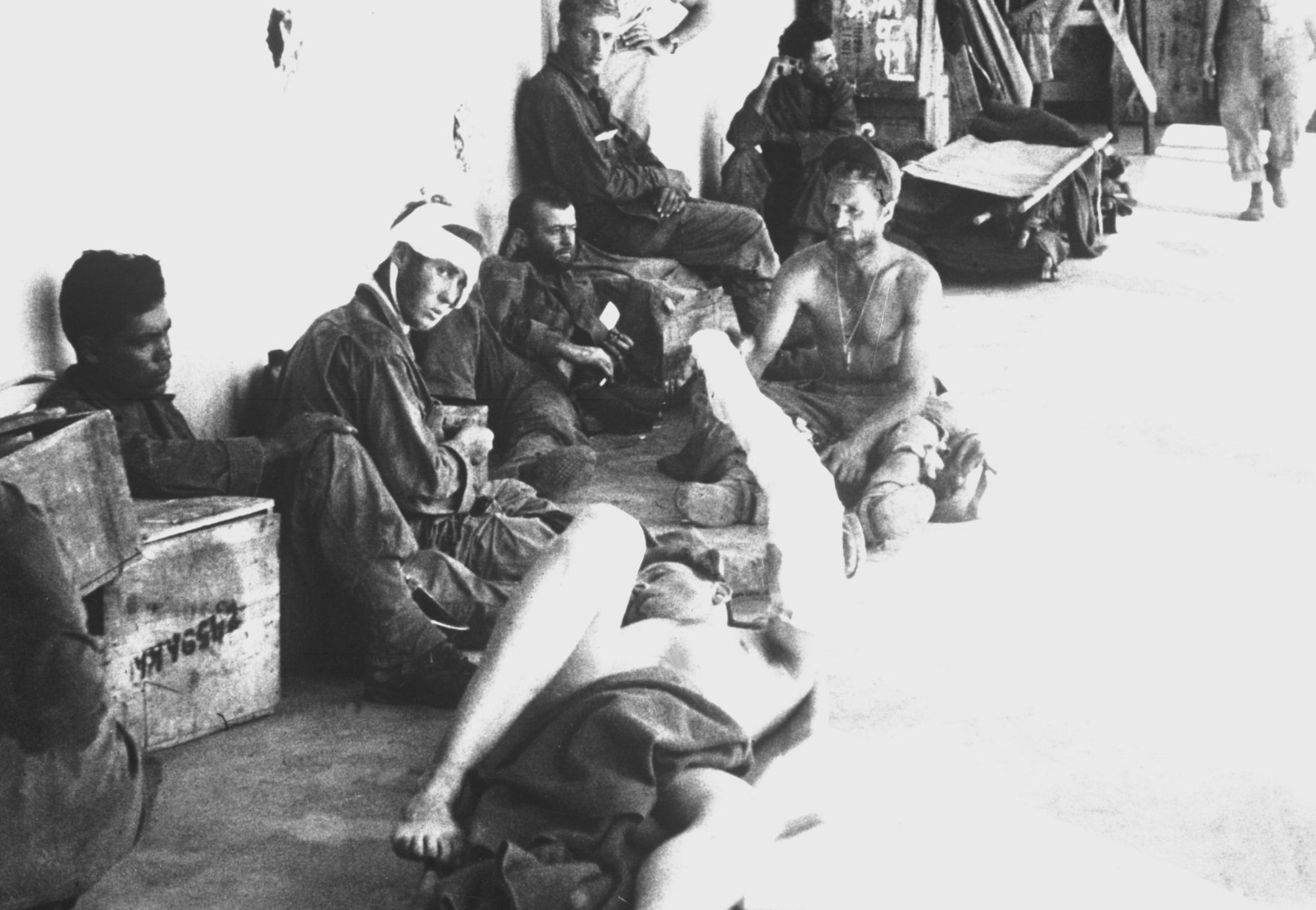
Two teams of Alamo Scouts pushed nearly 30 miles into enemy territory ahead of the Ranger assault force. Their initial observations determined a raid on Jan. 29 would be suicidal in the event the assault force needed to fight nearly 1,000 Japanese troops encamped in the vicinity, and they recommended to delay the operation 24 hours. The following day, Lt. Bill Nellist closed the distance to within a few hundred yards from the camp to report accurate, timely findings. There was an abandoned shack with a vantage point that could be used to hide in plain sight. Nellist and Rufo Vaquilar, a Filipino American, disguised themselves as Filipino farmers, adding straw hats to hide their faces. They strolled into the shack with ease.
They could see right into the POW camp, and for two hours straight they detailed every square inch of the camp. Three more Alamo Scouts stealthily belly-crawled to their position, accepted Nellist’s report, and crawled back to deliver it to the Rangers.
Filipino Capt. Juan Pajota used water buffaloes to evacuate the sick and wounded.
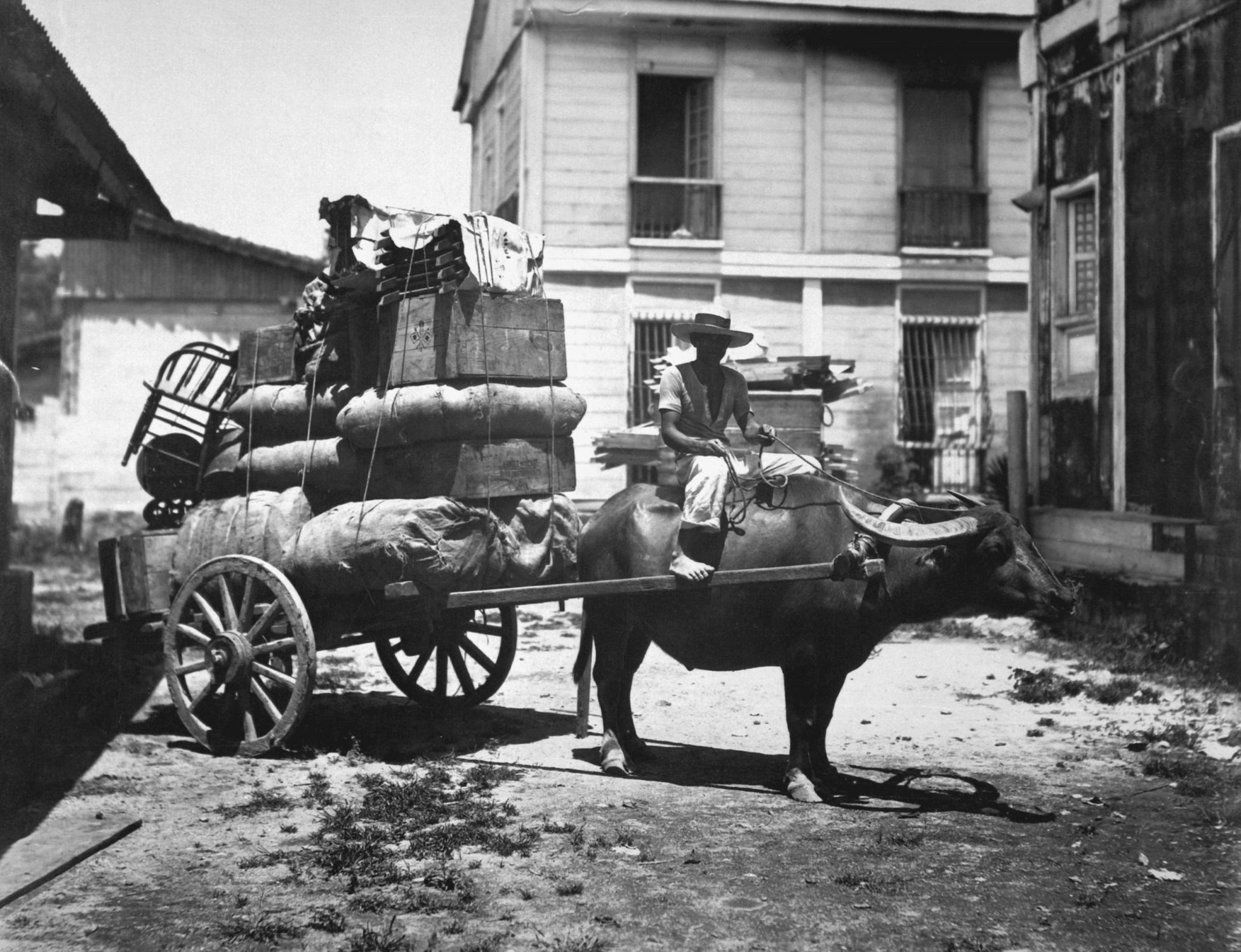
After the Alamo Scouts provided the much needed strategic and tactical intelligence, they regrouped with the Rangers outside the camp. At nighttime, the Rangers commenced their assault. The ingenious Filipino captain named Juan Pajota — who had suggested using an airplane as a distraction overhead — also recommended using local villagers and water buffalo carts to evacuate the sick and wounded back to friendly lines. The guerrillas succeeded in blocking the Cabu bridge to prevent a Japanese counterattack. Although two Army Rangers were killed, the 30-minute raid against more than 500 Japanese soldiers was a remarkable success.
The rescue force crossed over to friendly lines with a convoy of 106 water buffalo carts and more than 500 POWs. Three years of suffering at the hands of their Japanese captors was over, and the world began to learn about the unimaginable torture of those who survived the Bataan Death March and conditions inside the POW camp.
Arthur “Bull” Simons was part of the Cabanatuan assault force years before he served as a ground force commander on the legendary Son Tay raid.
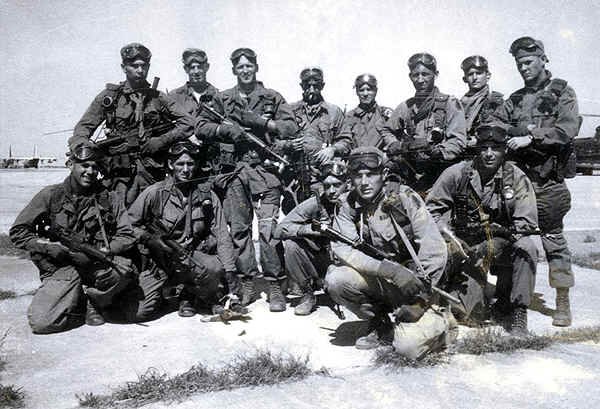
US Army special operations legend Arthur “Bull” Simons served with the 6th Ranger Battalion from 1943 to the unit’s decommissioning in 1945. He was on one of the mine-clearing teams in the Leyte Channel before the Philippines invasion and would earn the Silver Star for his role in the Cabanatuan raid. Fast-forward to 1970, when Simons was a colonel serving in Vietnam with MACV-SOG. Just as he did years earlier, Simons was instrumental in delivering a tactical success for the famous Son Tay raid, even if it was later deemed an intelligence blunder.
Five hours before the MACV-SOG team launched the Son Tay raid, he spoke to the team.
“And if we walk into a trap, if it turns out that they know we’re coming, don’t dream about walking out of North Vietnam — unless you’ve got wings on your feet,” he said. “We’ll be 100 miles from Laos; it’s the wrong part of the world for a big retrograde movement. If there’s been a leak, we’ll know it as soon as the second or third chopper sets down; that’s when they’ll cream us. If it happens, I want to keep this force together. We will back up to the Song Con River and, by Christ, let them come across that God damn open ground. We’ll make them pay for every foot across the sonofabitch.”

Matt Fratus is a history staff writer for Coffee or Die. He prides himself on uncovering the most fascinating tales of history by sharing them through any means of engaging storytelling. He writes for his micro-blog @LateNightHistory on Instagram, where he shares the story behind the image. He is also the host of the Late Night History podcast. When not writing about history, Matt enjoys volunteering for One More Wave and rooting for Boston sports teams.
BRCC and Bad Moon Print Press team up for an exclusive, limited-edition T-shirt design!
BRCC partners with Team Room Design for an exclusive T-shirt release!
Thirty Seconds Out has partnered with BRCC for an exclusive shirt design invoking the God of Winter.
Lucas O'Hara of Grizzly Forge has teamed up with BRCC for a badass, exclusive Shirt Club T-shirt design featuring his most popular knife and tiomahawk.
Coffee or Die sits down with one of the graphic designers behind Black Rifle Coffee's signature look and vibe.
Biden will award the Medal of Honor to a Vietnam War Army helicopter pilot who risked his life to save a reconnaissance team from almost certain death.
Ever wonder how much Jack Mandaville would f*ck sh*t up if he went back in time? The American Revolution didn't even see him coming.
A nearly 200-year-old West Point time capsule that at first appeared to yield little more than dust contains hidden treasure, the US Military Academy said.












